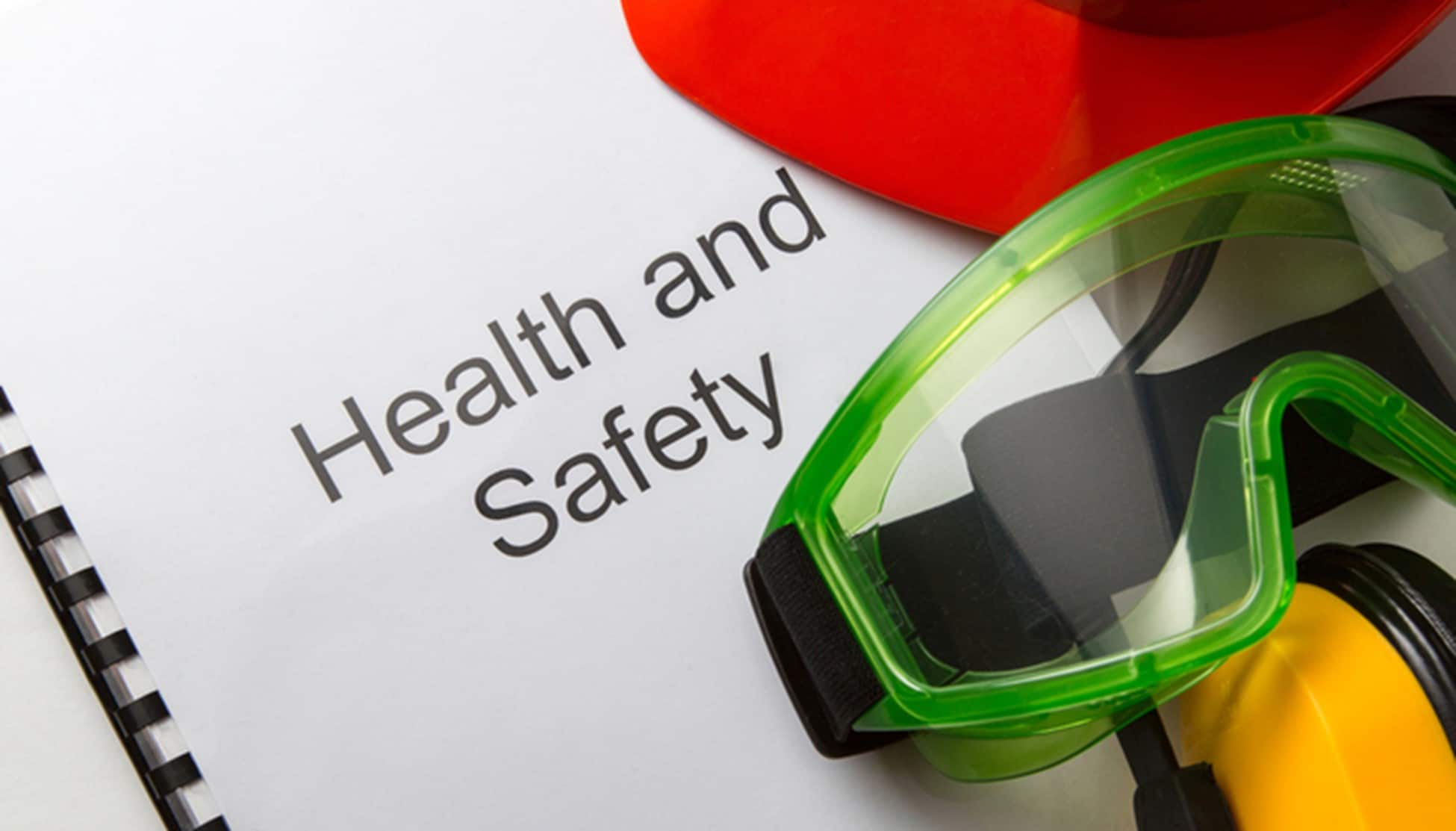
The US Department of Labor’s Occupational Safety and Health Administration (OSHA) has a training program for workers operating in specific industries. This program is called the Outreach Training Program, and it consists of two basic types of training: the 10-hour and the 30-hour courses. Even though both are focused on health and safety in the workplace, many still wonder what the difference between OSHA 10 and 30 really is.
The OSHA Outreach Training Program has been put together to provide employees with necessary workplace health and safety knowledge. Over one million workers attend these courses every year to increase their awareness of different hazards and prevent workplace injuries, illnesses, and fatalities.
Even though OSHA 10-hour or 30-hour training is usually voluntary, some states, cities, and employers require their workers to have these certifications. Furthermore, having an OSHA card can only improve your chances of getting a job or a promotion you’ve been hoping for.
Differences between OSHA 10 and OSHA 30
Outreach Training Programs are available for the construction industry, general industry, maritime industry, and disaster site work. Workers in the construction, general, and maritime industries can choose between 10-hour and 30-hour training, while those in disaster site work have to choose between 7.5-hour and 15-hour training.
The most apparent difference between OSHA 10 and 30 is that one training lasts a minimum of 10 hours and the other a minimum of 30 hours.
The 10-hour training is geared towards entry-level and non-supervisory workers. It is designed as awareness training, where employees familiarize themselves with common workplace hazards. They learn about the recognition, avoidance, abatement, and prevention of these hazards. Additionally, workers can learn about their rights, how to file a complaint about OSHA violations, and the responsibilities of their employers.
In contrast, the 30-hour course is meant for supervisors and those who carry some degree of safety and health responsibility. This course covers a longer list of topics regarding workplace hazards and goes more in-depth on each one. It is considered a more varied type of training than the 10-hour courses.
Topic Differences
Given that the 30-hour courses last 20 hours longer, it is logical that there are some topic differences between the OSHA 10 and 30 programs.
Construction Industry
Mandatory topics for the OSHA 10 construction course last for six hours and include:
- Introduction to OSHA (employer responsibilities, worker rights, and filing complaints)
- OSHA Focus Four Hazards (falls, electrocution, caught-in or between, and struck-by)
- Health Hazards in Construction
- Personal Protective and Lifesaving Equipment
Mandatory topics for the OSHA 30 construction course last for fourteen hours and include two additional topics:
- Managing Safety and Health
- Stairways and Ladders
Elective topics for the OSHA 10 construction course are covered in two hours and must include at least two of the following:
- Cranes, Elevators, Hoists, Derricks, and Conveyors
- Scaffolds
- Excavations
- Materials Handling, Storage, Use, and Disposal
- Stairways and Ladders
- Hand and Power Tools
The Stairways and Ladders topic becomes a mandatory one in the OSHA 30 course. In turn, there are an additional ten elective topics in OSHA 30, at least six of which need to be covered in twelve hours:
- Confined Space Entry
- Concrete and Masonry Construction
- Ergonomics
- Fire Protection and Prevention
- Motor Vehicles, Marine Operations, and Mechanized Equipment; Overhead Protection and Rollover Protective Structures; Signs, Signals, and Barricades
- Safety and Health Programs
- Steel Erection
- Powered Industrial Trucks
- Welding and Cutting
- Foundations for Safety Leadership
The optional part of the 10-hour course lasts two hours; in the 30-hour course, it lasts for four hours. Both of these segments are meant for a more in-depth exploration of construction industry hazards, policies, and topics already covered in previous parts.
General Industry
Mandatory topics for the OSHA 10 in the general industry last for six hours and include:
- Introduction to OSHA (employer responsibilities, worker rights, and filing complaints)
- Exit Routes, Fire Prevention Plans, Emergency Action Plans, and Fire Protection
- Walking and Working Surfaces
- Electrical Safety
- Personal Protective Equipment
- Hazard Communication
Mandatory topics for the OSHA 30 in general industry are covered in twelve hours and include two extra topics:
- Managing Safety and Health
- Materials Handling
For the general industry, there are eight elective topics in the OSHA 10 course. At least two topics must be covered in two hours:
- Fall Protection
- Ergonomics
- Safety and Health Program
- Materials Handling
- Hazardous Materials
- Introduction to Industrial Hygiene
- Machine Guarding
- Bloodborne Pathogen Program
The OSHA 30 general industry course dedicates ten hours to at least five elective topics. Materials Handling is moved to the mandatory topic category, and an additional four are added to the list:
- Permit-Required Confined Spaces
- Welding, Cutting, and Brazing
- Lockout/Tagout
- Powered Industrial Vehicles
The optional part for the general industry OSHA 10 lasts two hours, while it lasts eight hours for the OSHA 30.
Maritime Industry
The maritime industry program is different from the others in that there are three courses depending on the industry subfield: Shipyard Employment, Longshoring, and Marine Terminals.
There are mandatory topics meant for all three courses. These topics are covered in one hour for the OSHA 10:
- Introduction to OSHA (employer responsibilities, worker rights, and filing complaints)
- Personal Protective Equipment
- Walking and Working Surfaces
Mandatory topics for all three maritime industry courses in the OSHA 30 are covered in seven hours, with the addition of one more topic:
- Managing Safety and Health
There are four mandatory topics in both the OSHA 10 and OSHA 30 courses meant solely for the Shipyard Employment course. These last four hours in OSHA 10 and eight hours in OSHA 30:
- Electrical
- Fall Protection/Scaffolding
- Fire Protection
- Confined and Enclosed Spaces
Elective topics for the maritime industry for OSHA 10 and 30 are the same.
The Shipyard Employment course includes one hour of elective topics in OSHA 10 and two hours of elective topics in OSHA 30:
- Hazard Communications/Hazardous Materials
- Respiratory Protection
- Lockout/Tagout
The Longshoring and Marine Terminals courses have a different set of elective topics. These last for four hours in OSHA 10 and eight hours in OSHA 30:
- Electrical
- Fall Protection
- Confined and Enclosed Spaces
- Fire Protection
The optional segment for both OSHA 10 and 30 for the maritime industry is also identical. In OSHA 10, the optional part lasts two hours for Shipyard Employment and three for Marine Terminals and Longshoring. In OSHA 30, it lasts thirteen hours for Shipyard Employment and fifteen for Marine Terminals and Longshoring. There are specific topics to be covered in the optional part:
- Material Handling
- Machine Guarding
- Bloodborne Pathogens
- Hot Work – Welding, Burning, and Cutting
- Ergonomics and Proper Lifting Techniques
- Additional coverage of previous mandatory or elective topics or any other hazards or policies in the maritime industry
Important Facts
Regardless of which course you choose – whether the OSHA 10 or 30 for any industry that suits you – you need to be aware of the existence of fraudulent trainers and organizations. To avoid courses that won’t lead to a valid OSHA card at the end, keep in mind that only OSHA authorized trainers can offer these types of courses and provide course completion cards.
OSHA keeps a list of all authorized trainers with their names and contact information. Before you decide which organization or trainer to go for, look them up, and check whether they are working in compliance with OSHA.
You can choose between on-site and online training for any of these courses. According to OSHA’s statistics, the rate of online training has drastically increased during the COVID-19 pandemic. Take advantage of that if you’re not comfortable with being around larger groups of people.
Takeaway
Successful completion of the OSHA Outreach Training courses may or may not be mandatory. Your employer might ask for it, and some states and cities might have made it compulsory, but OSHA does not make it a requirement.
The OSHA 10-hour training is ideal if you are a non-supervisory level worker looking to gain knowledge on workplace safety, how to avoid the most common hazards, and what to do in case of an emergency. The OSHA 30-hour training is better if you are a supervisor or hold some responsibility regarding the health and safety of other workers in your organization.
The main difference between these two courses is the time spent on each topic. The 30-hour training provides more insight into each topic and has more ground to cover. Whether you will go for one or the other primarily depends on your job duties and responsibilities.
Reach out to SAFE if you want to learn more about OSHA 10 and 30. Contact us at larry@safety4employers.com or place a call at 775-843-8318.








